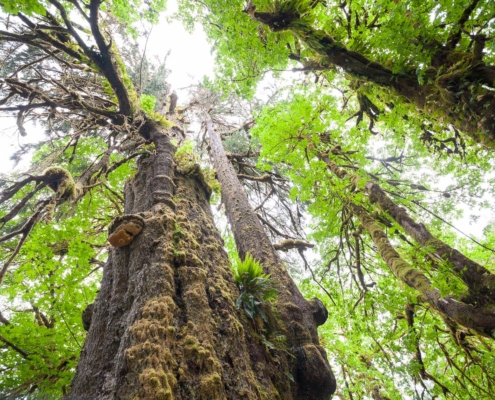
‘The start of a broader conservation’: 54 big trees are now protected, but old-growth continues to be a major part of logging on the coast
While 54 of BC's biggest trees will soon receive protection, logging of endangered old-growth forests rages on. Read this Ha-Shilth-Sa article for more details!
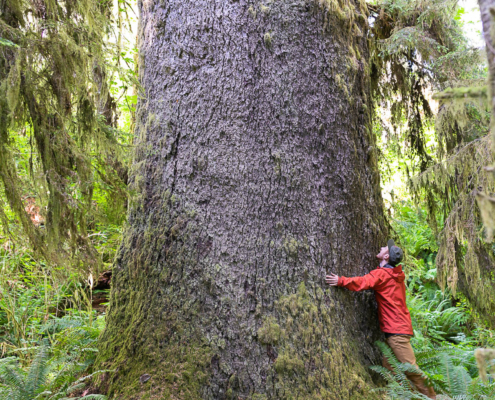
COLUMN: Can’t see the forest for the trees
Read Green Party MLA Adam Olsen's opinion piece on the BC government's recent move to protect 54 big trees on the BC Big Tree Registry.
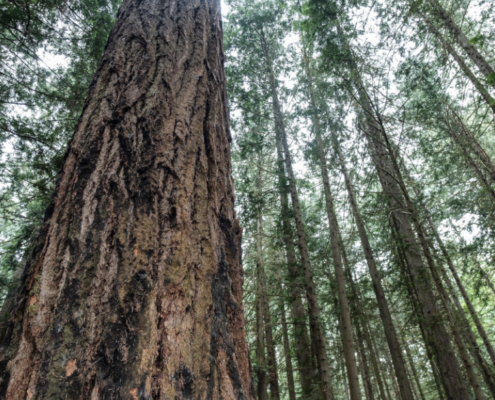
New Old Growth Protections More Symbolic than Symbiotic, Environmentalists Say
Read this article in The Tyee about the BC government's recent announcement around the protection of 54 of BC's biggest trees, featuring interviews with the AFA's Andrea Inness, Forest Ecologist Andy McKinnon and Sierra Club BC's Jens Wieting.
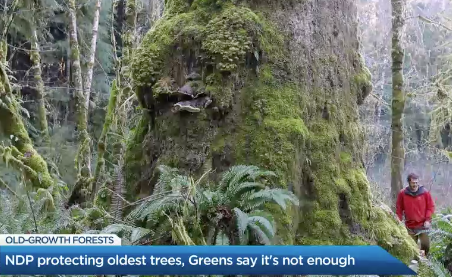
NDP announces plan to protect old-growth trees
Watch this Global News piece featuring interviews with Endangered Ecosystems Alliance's Ken Wu, the AFA's Andrea Inness, and Sierra Club BC's Jens Wieting about the BC government's plan to protect 54 of BC's biggest trees and develop an old-growth management strategy.
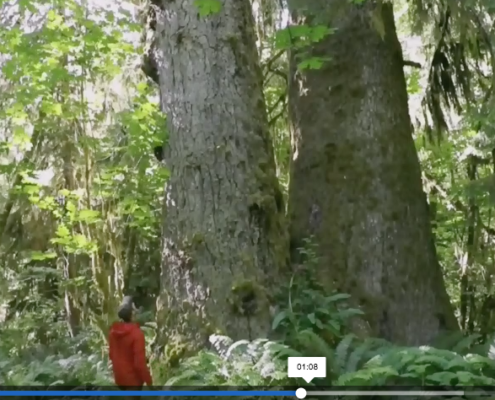
B.C. announces protection for old-growth trees
Watch this CTV News clip about the BC government's announcement that it will protect 54 old-growth trees on the BC Big Tree Registry and create a panel to make recommendations on old-growth management.
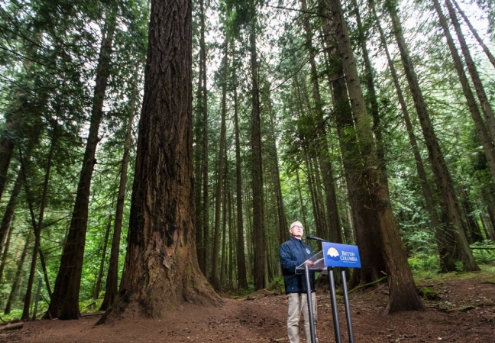
Forests minister says 54 of the province’s largest trees will be protected
Check out this Times Colonist article with responses from Green Party MLA Adam Olsen and the AFA's Andrea Inness to yesterday's announcement by the BC government that it will protect 54 of BC's biggest trees on the Big Tree Registry and create a panel to make recommendations on old-growth management.
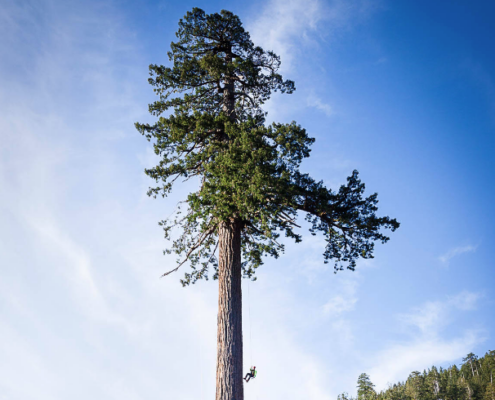
Big Lonely Doug among largest old-growth trees now on protection list
Check out this piece in the Sooke News Mirror about the BC government's announcement to protect 54 old-growth trees on the BC Big Tree Registry, featuring responses from the AFA's Andrea Inness and Ken Wu of the Endangered Ecosystems Alliance

Conservationists Welcome NDP Government’s Big Tree Protection Announcement, Set Sights on More Comprehensive Old-Growth Plan
On July 17, the BC NDP government announced it will protect 54 of the biggest trees listed on the BC Big Tree Registry with buffer zones. The AFA welcomes the NDP government’s announcement and hopes for more comprehensive, science-based old-growth forest protection under the BC government’s proposed old-growth strategy.
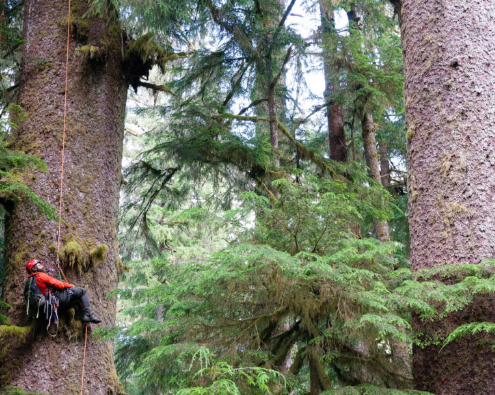
UBC scientists find high mutation rates generating genetic diversity within huge, old-growth trees
UBC NewsJuly 8th, 2019
Study provides clues on how trees evolve to survive
The towering, hundreds of years old Sitka spruce trees growing in the heart of Vancouver Island’s Carmanah Valley…
